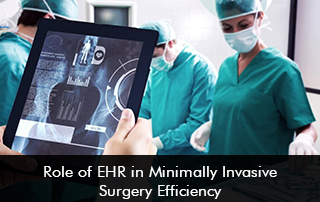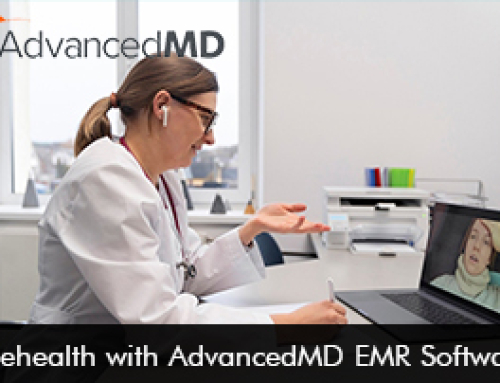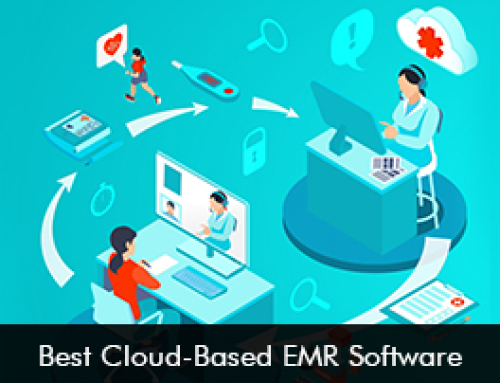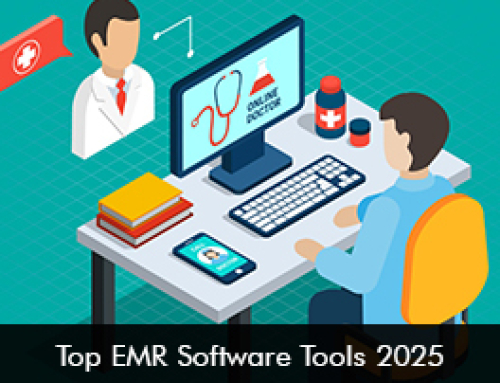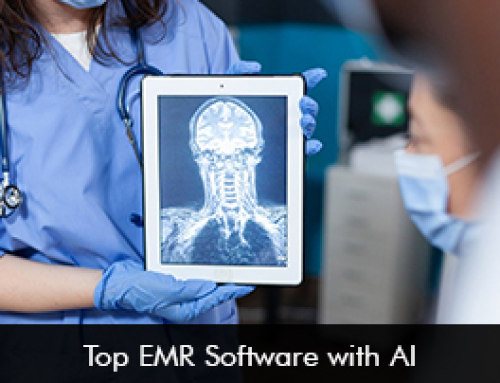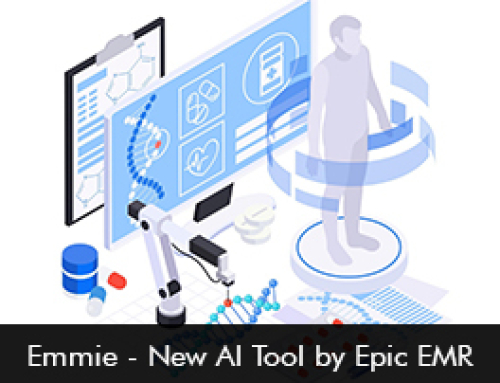Healthcare is changing fast, and Electronic Health Records (EHR) and Electronic Medical Records (EMR) software are at the heart of that transformation—especially when it comes to minimally invasive surgeries (MIS). These digital tools aren’t just about keeping patient records organized; they make life easier for surgeons, improve communication between medical teams, and ultimately lead to better surgical outcomes. In today’s world, where precision and efficiency are everything, having a reliable EHR or EMR system isn’t just helpful—it’s absolutely essential for smoother surgeries and better patient care.
Enhancing Preoperative Planning
-
Comprehensive Patient Histories:
EHR software provide surgeons with immediate access to detailed patient medical histories, including previous surgeries, allergies, and current medications. This comprehensive information is essential for meticulous preoperative planning in minimally invasive surgery.
-
Diagnostic Integration:
Integration with diagnostic tools allows for the seamless incorporation of lab results and imaging studies into the patient’s electronic record, enabling surgeons to make informed decisions based on the most current data.
Streamlining Intraoperative Procedures
-
Real-Time Data Access:
During minimally invasive procedures, surgeons can access real-time patient data through EMR software, facilitating immediate adjustments to surgical plans as necessary.
-
Decision Support Systems:
Advanced EHR systems offer clinical decision support, providing evidence-based recommendations that assist surgeons in making critical intraoperative decisions, thereby enhancing patient safety.
Optimizing Postoperative Care
-
Automated Documentation:
EHR software automates the documentation of surgical procedures, ensuring accurate and timely recording of operative details, which is vital for postoperative care and future reference.
-
Patient Monitoring:
EHR systems enable continuous monitoring of patient recovery, allowing healthcare providers to track progress and promptly address any complications that may arise after minimally invasive surgery.
Facilitating Interdisciplinary Collaboration
-
Unified Communication Platforms:
EHR software serve as centralized platforms where surgeons, anesthesiologists, nurses, and other healthcare professionals can collaborate effectively, ensuring cohesive patient care throughout the surgical process.
-
Standardized Protocols:
The use of standardized templates and protocols within EMR systems promotes consistency in surgical procedures and postoperative care, reducing variability and enhancing overall efficiency.
Improving Surgical Scheduling and Resource Management
-
Integrated Scheduling Systems:
EHR software integrates surgical scheduling with patient records, optimizing operating room utilization and minimizing delays in minimally invasive surgeries.
-
Resource Allocation:
By analyzing data within the EMR, healthcare facilities can efficiently allocate resources such as surgical instruments and personnel, ensuring that minimally invasive procedures proceed without unnecessary interruptions.
Ensuring Compliance and Data Security
-
Regulatory Adherence:
EHR systems are designed to comply with healthcare regulations, ensuring that all aspects of minimally invasive surgeries meet required standards and protocols.
-
Data Protection:
Robust security measures within EMR software protect sensitive patient information, maintaining confidentiality and building trust between patients and healthcare providers.
Top EMR Software Recommended
-
Epic Systems
- Comprehensive Integration: Epic Systems offers a unified platform that integrates various aspects of patient care, from scheduling to postoperative follow-ups, enhancing the efficiency of minimally invasive surgeries.
- User-Friendly Interface: The intuitive design of Epic’s EMR software facilitates ease of use for healthcare professionals, reducing training time and promoting seamless adoption.
- Interoperability: Epic’s commitment to interoperability ensures that patient data can be securely shared across different healthcare systems, fostering collaboration and continuity of care.
- Patient Engagement: Features like MyChart empower patients to access their medical records, schedule appointments, and communicate with their care teams, enhancing patient involvement in the surgical process.
-
NextGen Healthcare
- Specialty-Specific Solutions: NextGen Healthcare provides tailored EMR solutions that cater to the unique needs of various medical specialties, including those performing minimally invasive surgeries.
- Integrated Practice Management: Combining EMR with practice management tools, NextGen streamlines administrative tasks, allowing surgeons to focus more on patient care.
- Revenue Cycle Management: The software’s robust revenue cycle management features ensure accurate billing and coding, reducing financial discrepancies and enhancing practice profitability.
- Patient Portal: An intuitive patient portal enhances communication between patients and providers, facilitating preoperative preparations and postoperative follow-ups.
-
athenahealth
- Cloud-Based Platform: athenahealth’s cloud-based EMR system allows for real-time updates and accessibility from various locations, supporting the dynamic needs of surgical teams.
- Data Analytics: Advanced analytics provide insights into surgical outcomes and operational efficiency, enabling continuous improvement in minimally invasive procedures.
- Interoperability: The system’s strong focus on interoperability ensures seamless data exchange between different healthcare entities, promoting coordinated care.
- Mobile Accessibility: Mobile applications enable surgeons to access patient information on-the-go, enhancing flexibility and responsiveness in surgical care.
-
DrChrono
- Customizable Templates: DrChrono offers customizable templates that allow surgeons to tailor the EMR system to their specific workflow, enhancing efficiency in minimally invasive surgeries.
- Integration with Medical Devices: The software’s ability to integrate with various medical devices ensures that data from surgical instruments is seamlessly incorporated into the patient’s electronic record.
- Telemedicine Capabilities: Built-in telemedicine features facilitate virtual consultations, enabling preoperative assessments and postoperative check-ins without the need for in-person visits.
- Compliance Features: DrChrono ensures adherence to regulatory standards, providing features that assist in maintaining compliance with healthcare laws and guidelines.
-
OpenEMR
- Open-Source Flexibility: OpenEMR’s open-source nature allows healthcare facilities to customize the software according to their specific needs, providing flexibility in managing minimally invasive surgeries.
- Cost-Effective Solution: As a cost-effective EMR software, OpenEMR provides a viable option for healthcare institutions looking for a budget-friendly yet robust solution for managing minimally invasive surgical procedures.
- Multi-Language Support: This feature makes OpenEMR an excellent choice for diverse healthcare environments, ensuring accessibility for both medical staff and patients.
- HIPAA Compliance: OpenEMR is designed to meet HIPAA regulations, ensuring patient data remains secure and protected against unauthorized access.
- Extensive Community Support: Being an open-source solution, OpenEMR has a strong community that continuously contributes to its improvement, offering regular updates and new features.
The role of EHR software and EMR software in minimally invasive surgery is more significant than ever. From preoperative planning and real-time intraoperative data access to postoperative monitoring and interdisciplinary collaboration, these digital solutions play a pivotal role in improving surgical outcomes and streamlining workflow efficiency.
With an increasing number of healthcare providers in the United States adopting advanced EMR systems, choosing the right software tailored to surgical needs is crucial. Solutions like Epic Systems, NextGen Healthcare, athenahealth, DrChrono, and OpenEMR continue to set the benchmark in delivering top-tier patient management and surgical efficiency.
As minimally invasive procedures evolve with technological advancements, having a reliable, feature-rich, and secure EHR and EMR system will remain essential in maintaining high-quality patient care, reducing errors, and optimizing resources in modern surgical settings.


